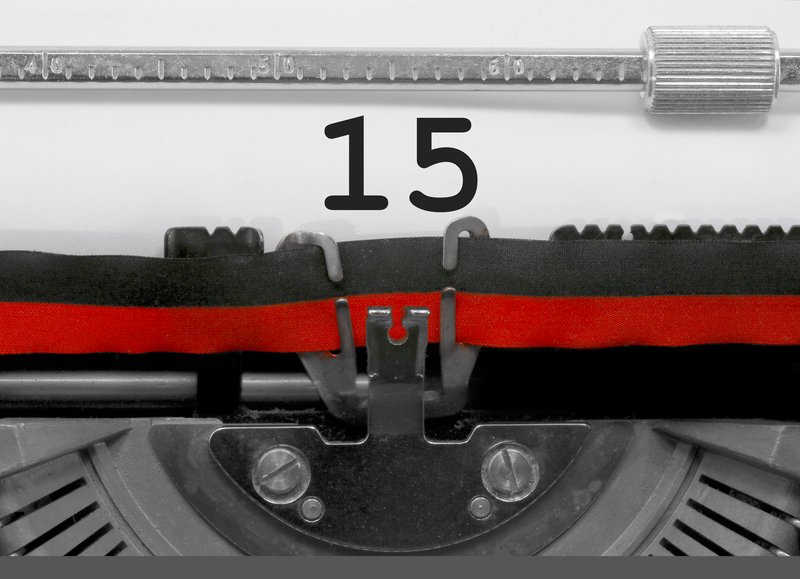If you are a shareholder in a limited company, you pay tax on any dividends you receive. This guide explains how dividends are taxed and how to calculate your tax liability.
All company dividends – whether they are from stock market listed firms or your own limited company – are taxed in the same way.
Any income you receive as company dividends is taxed separately from your salary or pension income.
One important point to note is that no tax is due on dividends received from shares held in an ISA.
If you run your own company, the most tax-efficient way to draw down funds from the business is via dividends, as no employers’ NICs are payable, whereas they are on salaries.
This guide has been updated for the 2025/26 tax year.
Distributing company dividends
To work out the total amount of dividends that can be distributed to company shareholders, you need to subtract the value of all company expenses from your turnover.
Expenses include anything the business owes, including taxes, at any point in time.
These ‘retained earnings’ can be distributed as dividends to shareholders, and you must distribute the funds in line with the percentage shareholding each shareholder owns.
If you have retained profits brought forward from previous accounting periods, these can also be distributed as dividends.
Chances are, you already use some online accounting software, such as FreeAgent. Assuming you keep your accounts up-to-date, you should be able to tell exactly what dividend distribution you can legally make from the company.
If you are unsure, make sure you get in touch with your accountant.
Dividend Timing
No rules govern how frequently you can distribute dividends, although many larger companies do so every quarter. It may suit you to distribute dividends to coincide with your VAT quarter (if you are registered).
Free Tide Business Bank Account - £50 Cashback!

Open a free business current account to qualify + enjoy 12 months free transactions. Read our Tide review.
You may prefer monthly dividends for cashflow reasons, although some accountants we work with advise against this. Regular dividend payments might appear more like a ‘salary’ in all but name.
HMRC could challenge regular payments and re-assign them as ’employment income’, subject to Employers’ NICs.
The key thing is that you must only distribute your company’s retained earnings. If you distribute ‘ultra vires’ (illegal dividends), you may face the wrath of HMRC, and certainly the annoyance of your accountant.
Correct dividend paperwork
To comply with company law, you must prepare company board meeting minutes each time you declare a dividend. Each shareholder should be given a voucher which contains details of the distribution.
Once again, if you’re using one of the cutting-edge online accounting packages, this paperwork is likely to be auto-generated. Otherwise, ask your accountant for some templates to complete.
Dividend tax rates
Your Income Tax bands determine the tax you pay on dividends over your £500 dividend allowance (see below).
The tax rates payable on dividends are as follows for 2025/26;
- Personal Allowance (up to £12,570) – tax-free if your tax code is 1257L
- Basic Rate (£12,571 to £50,270) – 8.75% tax
- Higher Rate (£50,271 – £124,100) – 33.75%
- Additional Rate (over £125,140) – 39.35%
Dividend allowance
Every individual receives a dividend allowance each year. This allows you to receive a certain amount of dividend income without paying any tax. However – interestingly – the allowance still takes up £500 of your tax band.
The dividend allowance for the 2025/26 tax year is £500. This means you don’t need to pay tax on the first £500 of dividend payments you receive. You can find out more here.
How to calculate how much dividend tax to pay
Let’s look at two examples to show how this works in practice.
These calculations show how dividends are taxed. In reality, many other variables must be considered, such as an individual’s personal allowance and other sources of income.
Use this popular dividend tax calculator to determine how much you’ll pay.
Also, please read our guide to working out the best salary/dividend split for directors.
Example 1 – Dividend tax for a Basic Rate taxpayer
James receives £8,000 in dividend payments in the 2025/26 tax year.
He receives other taxable income of £30,000, so his total income is £38,000.
James’ total income is less than £50,270, so he is a basic-rate taxpayer. Therefore, the tax rate at which James will pay tax on his dividends is 8.75%.
The Dividend Allowance for 2025/26 is £500. So, before calculating the tax on his dividends, James can subtract this from the £8,000 he received in company dividends.
He, therefore, needs to pay dividend tax on £7,500 (£8,000 – £500) of dividend income.
James knows his dividend tax rate is 8.75% and needs to pay this on £7,500 of dividends.
James needs to pay tax on dividends of £656.25 (£7,500 @ 8.75%).
Example 2 – Dividend tax for a Higher Rate taxpayer
Let’s look at an example of a Higher Rate taxpayer;
Emma is a business owner. Her business is a limited company, and she pays herself an annual salary of £15,000. She received dividend payments of £40,000 in the 2025/26 tax year.
To establish Emma’s Income Tax Rate band, she needs to add her dividend income (£40,000) to her other taxable income (£15,000). This totals £55,000, which is between £50,270 and £124,100 meaning that Emma is a Higher Rate taxpayer.
Emma, therefore, pays tax on her dividends at two different rates. She pays 8.75% on dividends up to the £50,270 Basic Rate taxpayer threshold and will need to pay 33.75% on the £4,730 of dividend income over the £50,270 threshold.
The Dividend Allowance for 2025/26 is £500. So, before calculating the tax on her dividends, she can subtract this from the £40,000 she received in company dividends.
She, therefore, needs to pay dividend tax on £39,500 (£40,000 – £500) of dividend income.
Emma needs to pay 33.75% tax on the £4,730 of dividends over the £50,270 threshold and 8.75% on the remaining £34,770 (£39,500 – £4,730).
Emma’s dividend tax can be calculated as;
£4,730 @ 33.75% = £1,596.38
£34,770 @ 8.75% = £3,042.37
Giving a total of £4,638.75 of tax on her dividend income.
Notifying HMRC and paying tax on dividends
If you receive over £10,000 in dividends in the tax year, you must include your dividend income on your Self Assessment tax return. Register online if you haven’t completed a tax return before.
If your dividend income is more than the £500 dividend allowance but less than £10,000, and you don’t normally file a Self Assessment tax return, you should contact HMRC.
They may adjust your tax code so that the dividend tax you owe is taken from your salary.
You don’t need to notify HMRC if your dividend income is below the £500 dividend allowance.
You can read the official guide to tax on dividends at GOV.UK.
Finally, tax is a complex subject, so you should always check with your accountant before relying on any information in this article.










